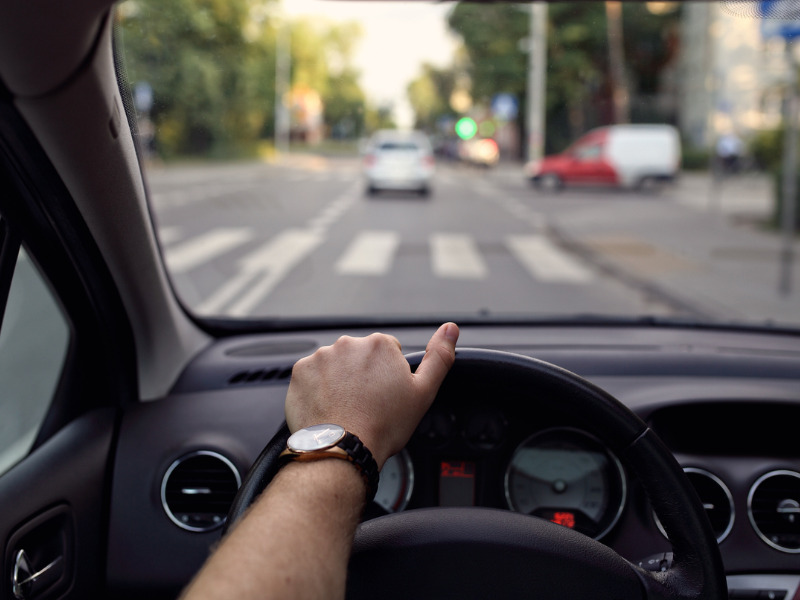More than half of Ontario motorists (57%) believe distracted driving is the greatest threat to road safety, yet a quarter (24%) of Ontarians admit to distracted driving despite knowing its risks, a recent RatesDotCa survey reveals.
Distracted driving ranks as a higher risk than impaired driving (40%). “Despite the majority agreeing with the severity of driving distracted, a large portion of Ontarians engage in it anyway,” the rate aggregator observes. “Virtually anything that distracts you from the road, regardless of how harmless it may seem, can make you more likely to be involved in a collision.”
Ontario drivers are most likely to be distracted by non-electronic behaviours while driving, like eating or drinking a beverage (60%), though 46% admit to thinking it’s safe.
Over half (52%) of drivers admit to talking to a passenger, though a third (33%) think it’s safe. And 42% admit to reaching for an object, though 18% think it’s safe.
But drivers are less likely to admit to being distracted by electronic devices. Only 21% of the polled 665 drivers report they were at least somewhat likely to check their phone for messages, 18% to use a geo navigation system, and 10% take phone calls, while driving.
Almost no drivers (6%) admit to texting or taking or watching videos while driving.
“Low engagement with any of these behaviours is a good sign. However, these results reveal a worrying difference in driver outlook on each category’s risk level. More people may assume engaging with an electronic device is more dangerous than, say, grabbing something from the backseat. But, in reality, the repercussions of both actions could be the same,” RatesDotCa writes.
Worth noting is that most drivers believe watching or taking a video, or sending a text message, are behaviours worthy of conviction. But the most common actions, like reaching for an object, talking to a passenger, or eating and drinking, are less likely to be viewed as conviction-worthy offenses.
Respondents who are more likely to engage in distracted behaviour are more likely to think those behaviours are safe, the survey finds.
For example, the age group most likely to check messages is 35- to 49-year-olds at 7%. They’re also the age group most likely to think it’s safe, at 6%.
Similarly, respondents aged 50 to 65 are most likely (21%) to eat or drink while driving. They’re also most likely to think it’s safe to do so, at 16%. Said age group is also most likely (14%) to admit to occasionally reaching around for an object, and 6% say it’s okay to do so.
Feature image by iStock.com/ambrozinio















